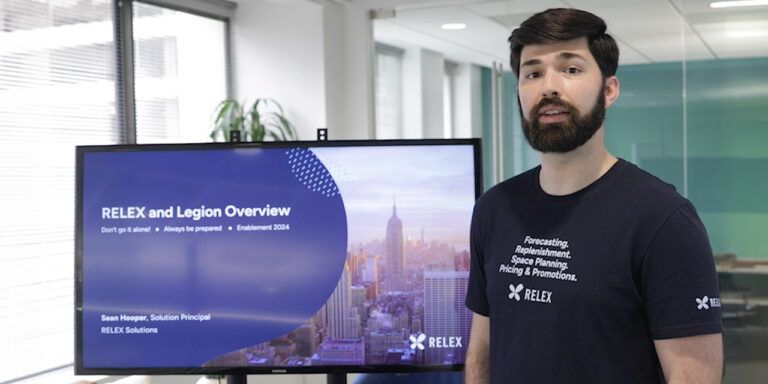Maximizing efficiency with retail workforce management & optimization
Feb 20, 2020 • 3 min
More and more, we see retailers coming to a hard realization: their workforce management processes are in dire need of improvement. Too often, local store managers carry the burden of manually creating shift schedules. There’s an art to this difficult task, and the best planners rely on a combination of historical knowledge and gut instinct — “we usually need this much staff on Fridays.”
But manual workforce planning is also a time-consuming practice that’s ripe for human error. No individual can process your overall business goals, store-specific needs, and employee needs and preferences efficiently — or even effectively. The task is simply too huge.
Retail workforce management systems certainly make manual planning easier, but they’re not the best that today’s technology can offer. Today’s retailers can take advantage of their retail data to go beyond mere management — to workforce optimization.
Retail Workforce Management vs. Optimization: What’s the Difference?
Retail workforce management systems can assist with schedule creation, but they focus on the basics: clock-in/clock-out times and payroll details, for example. More importantly, though, they still require a lot of manual planning work.
A forecast-driven workforce optimization solution, on the other hand, leverages your data (demand forecasts, employee scheduling preferences, contracts, local labor regulations, etc.) to automate and improve the scheduling process. Instead of asking store managers to spend hours each week producing schedules that are less than optimal, and scramble to fix errors, workforce optimization tools generate better schedules, faster — think as little as 5 minutes.
Improving Scheduling Using Data and Automation
Personnel is one of the largest cost areas in retail, and any improvement to workforce management translates to significant savings. By using tailor-made algorithms and state-of-the-art optimization routines, retailers avoid the pitfalls of both overstaffing (expensive for the company) and understaffing (stressful for employees and annoying for shoppers).
High-quality demand forecasts allow a workforce optimization solution to create an accurate planning horizon up a whole year in advance. They also get granular, though, helping the workforce solution calculate how many employees you’ll need to fulfill each in-store task down to a 15-minute window of accuracy.
However, staffing is, at its core, about people. To produce usable schedules, the solution must combine these workload projections with essential information about the human side of the equation: which employees can’t work on Tuesdays; what do their union agreements and local labor regulations say; who’s most skilled at which tasks?
By integrating multiple data sources like this, your system can generate accurate shift schedules months in advance. Managers can of course make tweaks as needed, but they’re otherwise free to be hands-off. The result? Data-driven schedules that reduce planning time, that ensure adequate staffing to cover necessary tasks as workload ebbs and flows, and that take into account the needs and preferences of the employees who keep stores running smoothly.
Coop Värmland’s Success Story: A 6% Reduction in Personnel Costs
Swedish grocer Coop Värmland has used RELEX’s forecasting and replenishment solution to improve on-shelf availability and reduce spoilage since 2015. When the retailer added RELEX’s forecast-based workforce optimization solution, they saw their personnel costs drop by an impressive 6%.
The RELEX solution now handles the bulk of their scheduling work, with managers needing only to make minor manual adjustments based on specific manager or staff preferences or changes in circumstances. Their optimized schedules have helped Coop Värmland ensure they always have the right number of people with the right skills available at the right times — keeping their stores running efficiently.
Jonas Helgman, Store Manager at Coop Värmland, saw the new solution’s value early in the process. “By linking shift planning to demand forecasts and the incoming delivery schedule,” he said, “it’s simply far easier to ensure we have the right people available for the tasks that need doing.” He also believes that their improved scheduling led to a better store experience for their customers. When deliveries arrive, he explained, they have enough staff available to stock shelves immediately: “Not only do the shelves look better, but so does the whole store — and the customers notice and appreciate that.”
You can read more about Coop Värmland’s success story in their case study, or take a deeper dive into RELEX’s workforce optimization capabilities.



